The size of the board is the standard size business card 8.9 x 5.1 cm. On it there is 2.7" GDEW027W3 e-paper display from Good Display (2 or 3 colors both work just fine). One thing that is very important to me is that the device is very slim. This is why I chose LP103053 90mAh battery. It does not have a lot of capacity, but in regular user it should be quite enough for a month or two. The BMS consist of protection, charger and a fuel gauge. Continuing with the slim theme, the USB port and the flat flex connector are chosen, so they have the flattest profile possible. To be able to store images and files we have W25Q64J flash. It is very popular and there is a lot of code for it. On the "entertainment" side we have a RTC and an environment sensor BME680. Everything is tied to a nRF52820 Bluetooth 5.3 SoC.
Electronic CV
Yet another overly engineered business card, that probably I would never give a way, because it is too expensive.
 Dimitar
Dimitar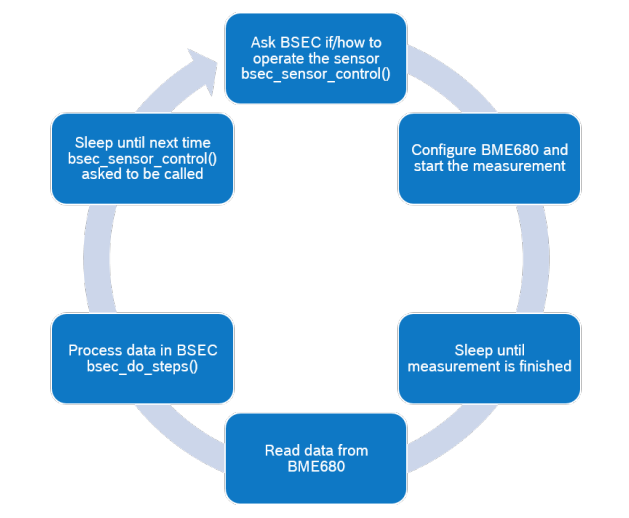
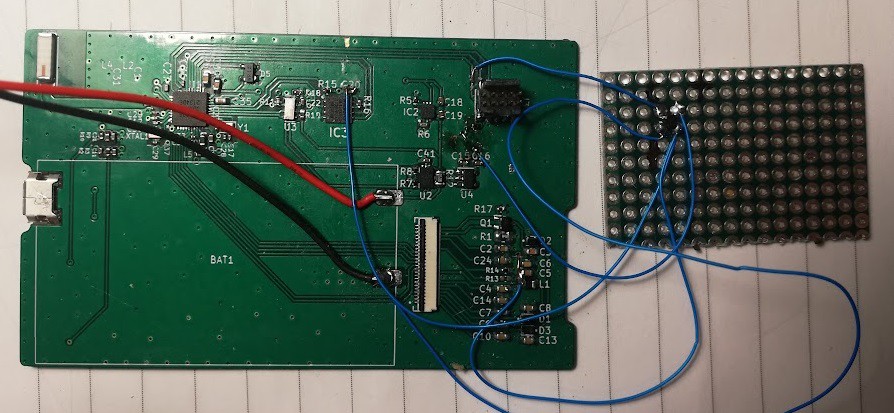
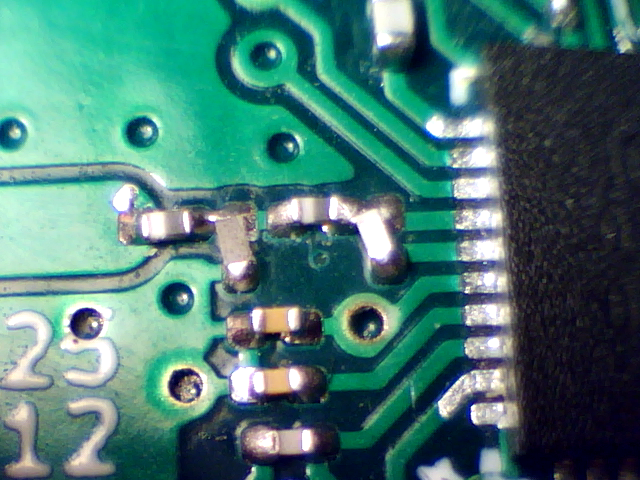

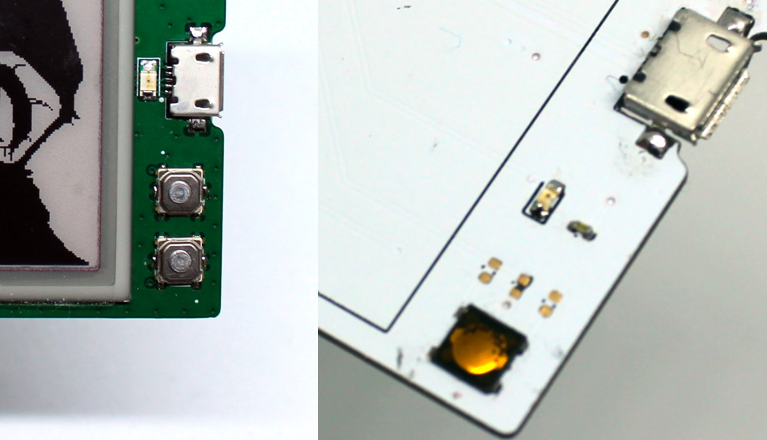

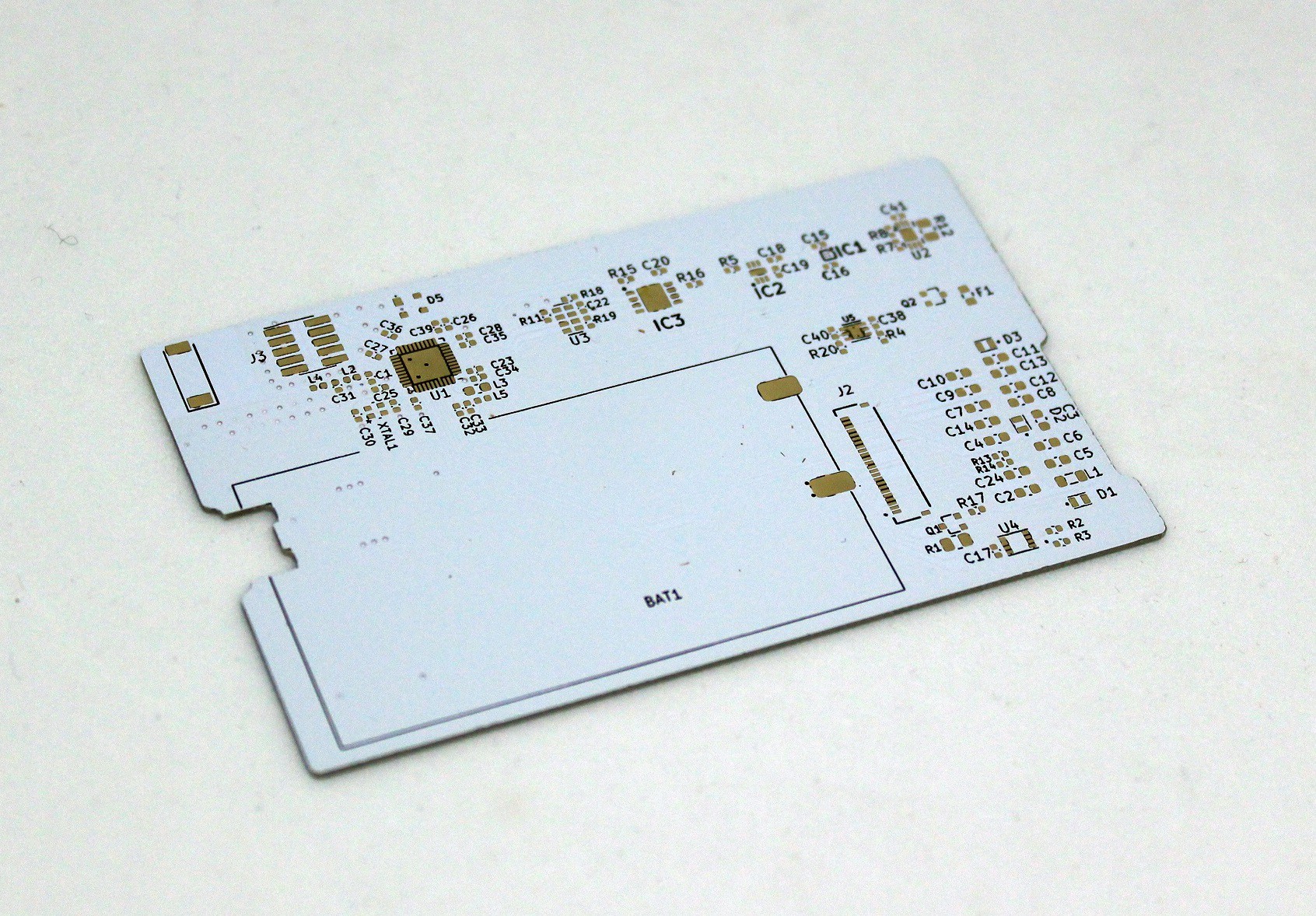
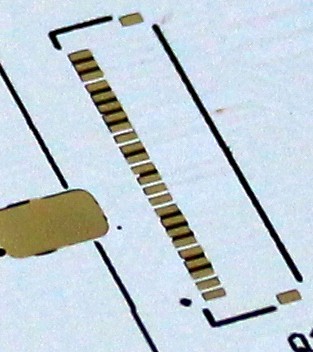
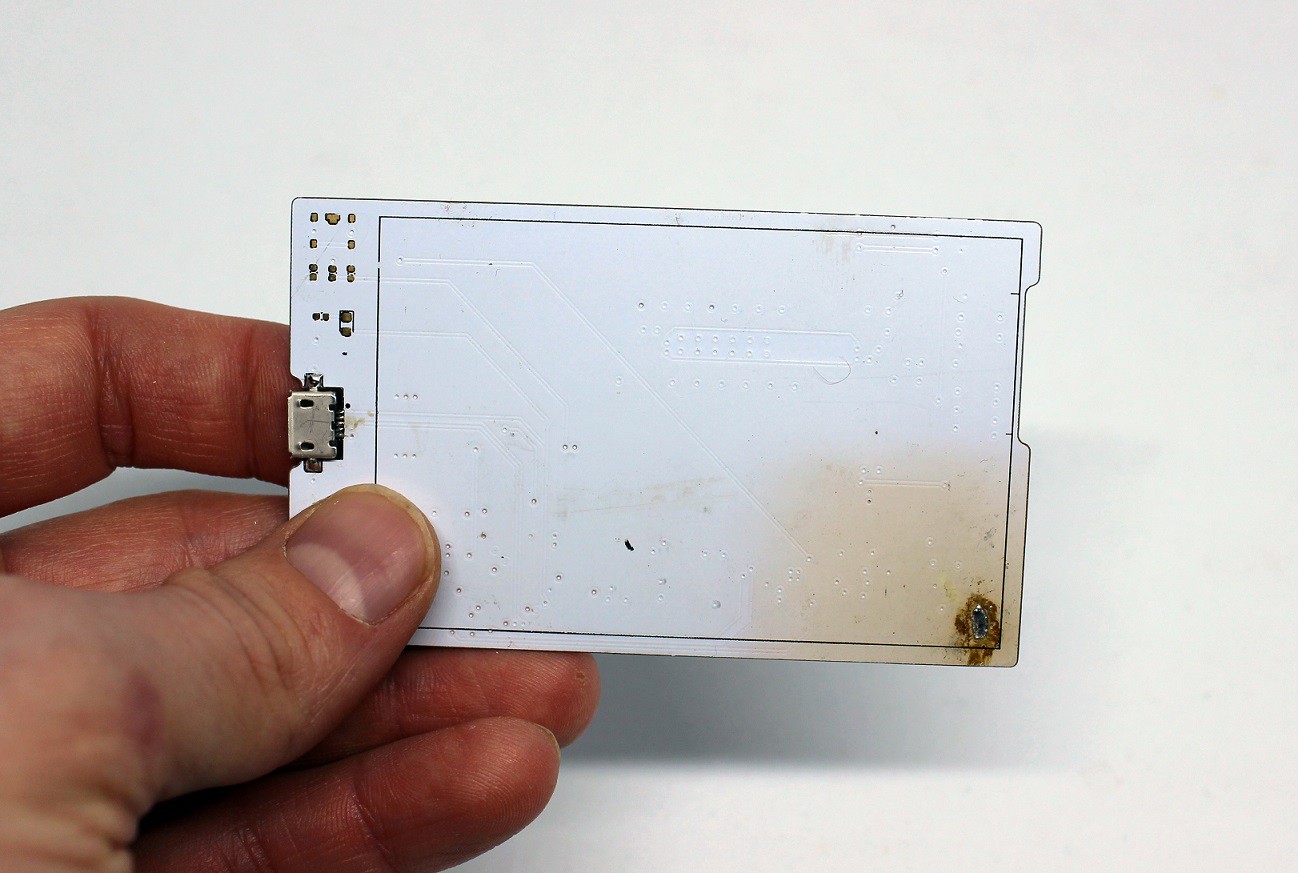
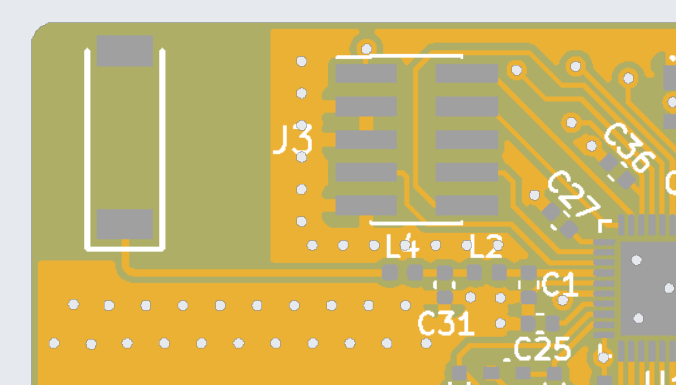
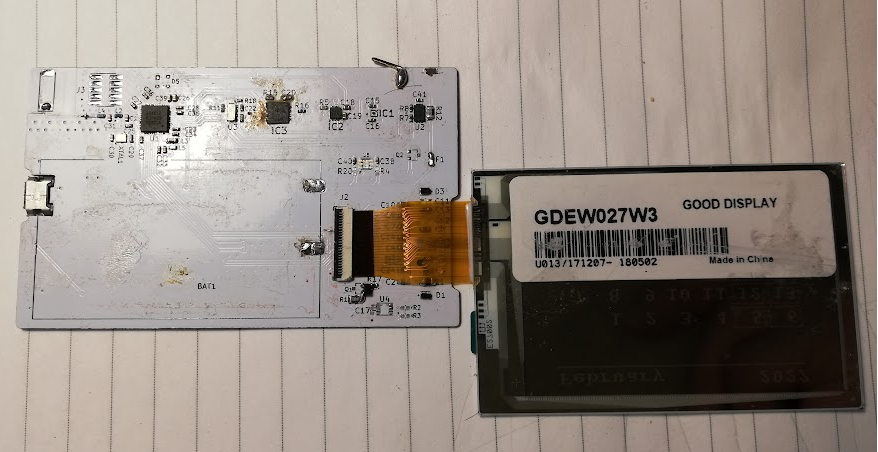
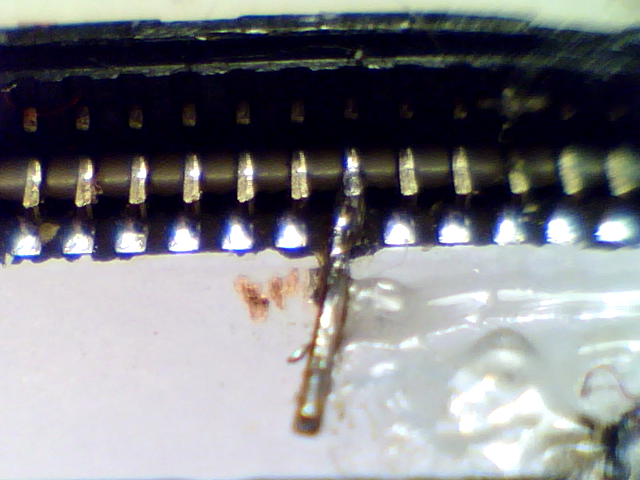



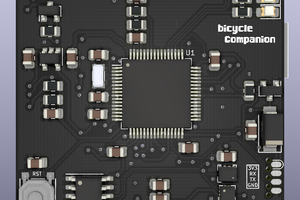
 Matias N.
Matias N.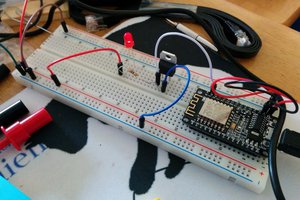
 WJCarpenter
WJCarpenter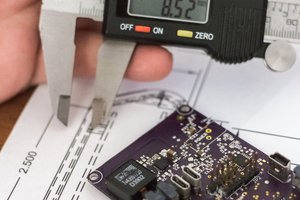
 Michael O'Brien
Michael O'Brien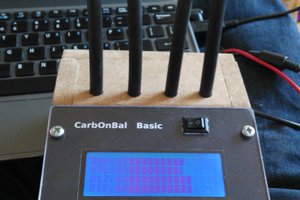
 dennis
dennis
This is a very interesting project.
If you could add a touchscreen (e.g. https://www.good-display.com/product/259.html) that would convert the device into a miniPDA as a modern replacement for Xircom REX 6000. This also would fix the need for more buttons.
I know that it would expand the functionality more than initially planned (as business card) but would be very cool.